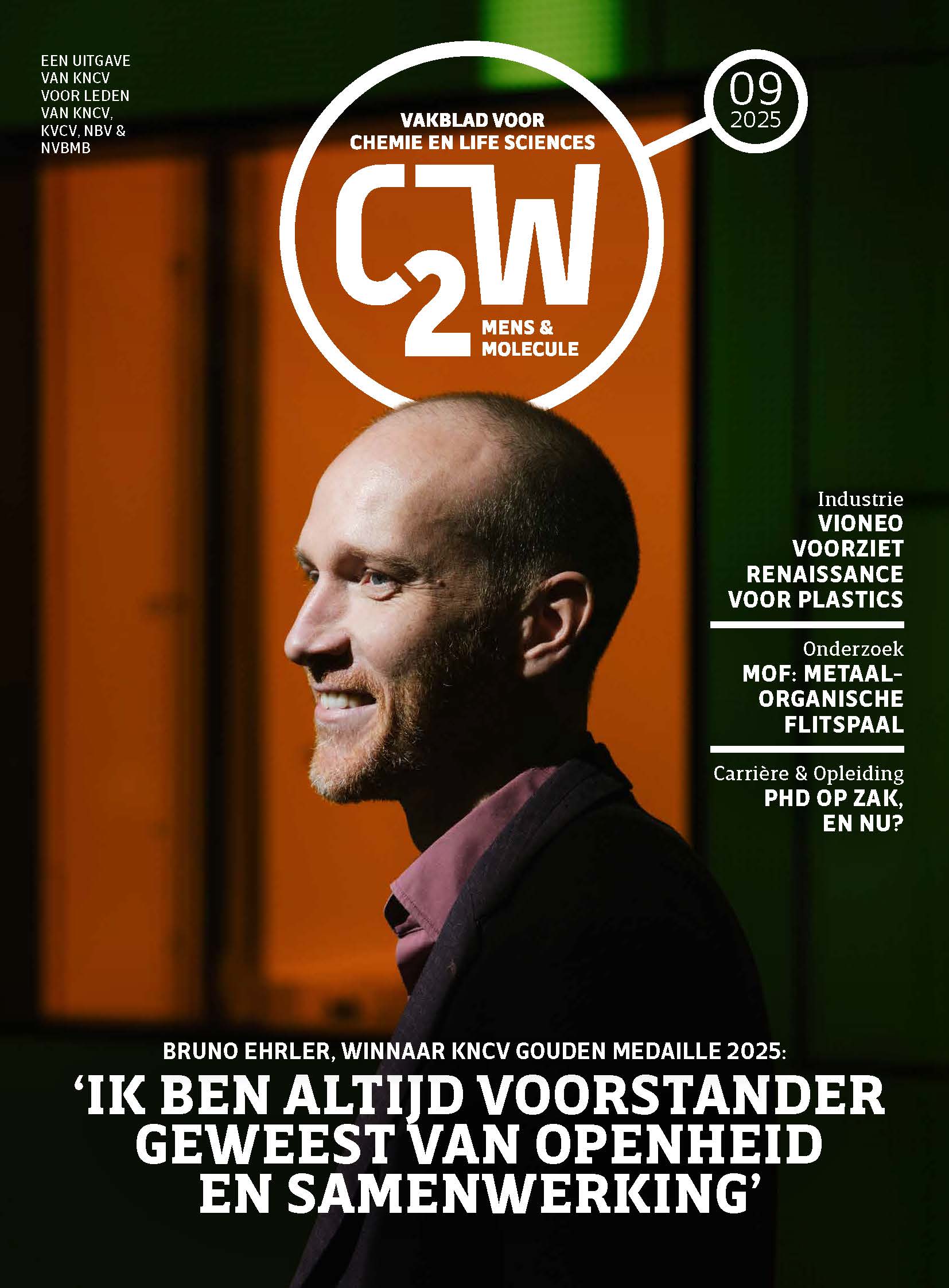Would you like to add an event to this list? Simply register your event using this form.
Influence of raw materials and processing on the structure of gel-type emulsified meat products

Category
Ph D Defense
Date
2018-12-17 17:00
Venue
Universiteit Gent, Technologiecampus Gent, E - Gebroeders De Smetstraat 1
9000 Gent, België
9000 Gent, België
Promovendus/a: Seline Glorieux
Promotor(en): Prof. dr. Ilse Fraeye (promotor), Prof. dr. ir. Hubert Paelinck (co-promotor), Prof. dr. ir. Imogen Foubert (co-promotor)
Cooked sausages are produced by finely comminuting a lean meat fraction, fat, ice and additives in order to obtain a raw meat batter. The raw meat batter is stuffed into casings, heated and cooled to obtain the final meat product. The fat fraction in raw meat batters (generally pork back fat) is macroscopically solid due to the low temperature during processing. As such, meat products do not form a true emulsion. Still, the existence of an interfacial protein film (IPF) formed by myofibrillar proteins (from the meat) around the fat particles is described. This IPF stabilizes the fat phase that becomes liquid during the heating process, thereby preventing fat coalescence and outward flow. Myofibrillar proteins form a three dimensional gelled protein network during heating (gelation) wherein fat and water are physically entrapped. Upon cooling, the protein network is further stabilized and the fat fraction partially crystallizes. Because the fat particles are coated with an IPF which interacts with the continuous protein network, they act as ‘active filler particles’, contributing to the overall gel rigidity. As such, it is clear that the structure of cooked sausages mainly depends on the properties of the continuous myofibrillar protein network and the crystallized fat particles, all of which are in turn affected by the processing conditions. The product structure greatly influences the macroscopic properties of the meat product such as the mechanical (rheology and texture) and stabilization properties (water- and fat-holding capacity).This doctoral research focused on understanding the relationship between the structure-forming potential of the raw materials (gelation of proteins from the meat fraction and crystallization of lipids from the fat fraction), thermal processing, and the micro- and macrostructure of the final product. Additionally, the effect of the raw material composition, that is, meat consisting of different muscle fiber types (white vs. red muscle fiber types) and pork fats with a distinct chemical composition, was also evaluated.
Overall, the results in this doctoral study proved that the effect of meat type (and thus muscle fiber type) in myofibrillar protein solutions, meat batters and sausages was rather limited. With respect to the effect of (isothermal) temperature, it was found that with increasing (isothermal) temperature, the gel strength of myofibrillar proteins solutions and meat batters increased. However, when realistic temperature regimes were applied, resulting in a commercially safe and stable product, temperature only moderately affected the microstructural and macroscopic properties of cooked sausages. The chemical composition of pork fats strongly affected the physical properties (melting and textural properties) of lard, in turn affecting viscoelastic properties of meat batters and macroscopic properties of cooked sausages. The higher the hardness of the fat, the higher the gel strength of meat batters and hardness of the final sausages. However, pork fats high in saturated fatty acids negatively affected the cooked sausage stability. It is hypothized that apart from the importance of myofibrillar protein gelation in the matrix of meat batters, their ability to form a proper IPF around fat particles to stabilize the fat fraction in cooked sausages should not be overlooked.
These results may be a concern for all manufactures of cooked sausage products with regard to product structure and final texture. On the long term, the structure of meat products may be steered more effectively through an intelligent choice of raw materials and/or processing conditions.
All Dates
- 2018-12-17 17:00
Powered by iCagenda

